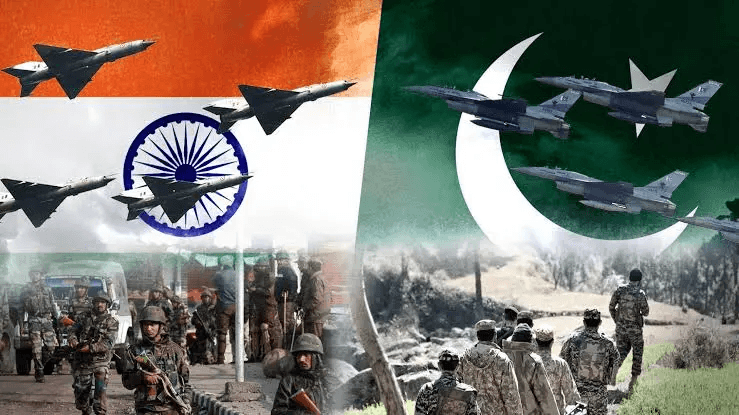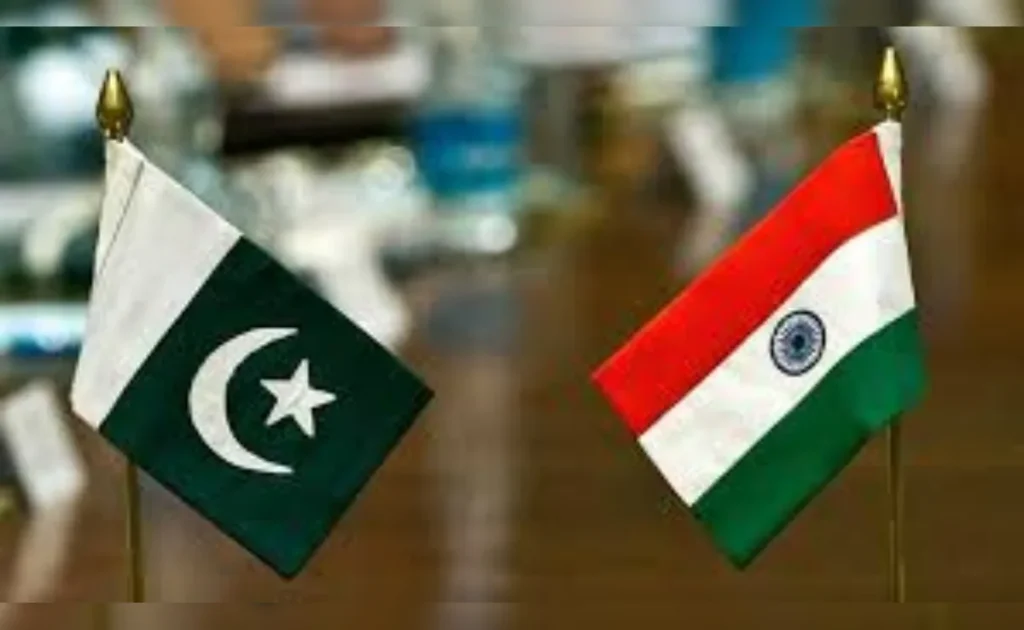
📑 Table of Contents
- Ceasefire Meaning
- Overview of the 2025 India-Pakistan Conflict
- Causes of the War
- Historical Context of India-Pakistan Tensions
- Diplomatic Moves and Global Mediation
- Impact and Strategic Outcomes
- Consequences of the Conflict
- Conclusion: The Road Ahead
- Learn More: India’s Counter-Terrorism Strategy
Ceasefire meaning:
A ceasefire is an official agreement between opposing sides in a conflict to stop fighting temporarily or permanently, often used to allow peace talks or reduce violence.
In early May 2025, tensions between India and Pakistan flared into one of the most serious military confrontations in recent years. Though a ceasefire has now been agreed upon, the brief but intense war has left a deep imprint on the geopolitical landscape of South Asia.

Causes of the War
The immediate trigger was a brutal terrorist attack on April 22, 2025, in Pahalgam, Jammu and Kashmir, which killed 26 civilians, mostly Hindu tourists. India blamed Pakistan-based militant groups for orchestrating the attack. In retaliation, India launched airstrikes against what it claimed were terrorist training camps inside Pakistan. Pakistan responded with “Operation Bunyān Mārsūs,” targeting Indian military assets, sparking full-scale conflict.
Historical Context
India and Pakistan have had a fraught relationship since their partition in 1947. Wars in 1947, 1965, 1971, and the Kargil conflict in 1999, as well as frequent border skirmishes, have kept relations tense. Kashmir remains a flashpoint, with both nations claiming the region in full but controlling only parts.
The 2025 conflict echoes past patterns: a terrorist incident, followed by cross-border strikes, international concern, and eventual ceasefire—often without long-term resolution.
Diplomatic Moves and Global Mediation
As hostilities escalated, international actors including the United States, China, and the United Nations called for restraint. U.S. Secretary of State and Gulf nations brokered backchannel talks, leading to a ceasefire agreement on May 10, 2025. The agreement called for both sides to de-escalate militarily and re-engage in diplomatic dialogue. However, bilateral treaties like the Indus Waters Treaty remain suspended, highlighting ongoing mistrust.
Impact and “Benefits” to Both Nations
While war is never truly beneficial, both nations may perceive certain strategic outcomes:
- India:
- Reinforced domestic resolve against terrorism.
- Boosted international attention to cross-border terrorism.
- Strengthened defense preparedness and strategic alliances.
- 1. Political Benefits for India:
Strong Domestic Image:
The Indian government reinforced its image as being tough on terrorism, which can translate into increased domestic political support, especially ahead of elections.
National Unity:
In times of conflict, political parties and citizens often rally behind the government, strengthening national unity and reducing internal dissent—at least temporarily.
2. Diplomatic Benefits for India:
Global Sympathy and Support:
By presenting evidence of cross-border terrorism, India garnered diplomatic backing from major powers like the U.S., France, and the EU, which condemned terrorism and called for action.
Highlighting Pakistan’s Role:
India successfully shifted the international narrative toward Pakistan’s alleged harboring of extremist groups, renewing global scrutiny on Islamabad’s counter-terrorism efforts.
Stronger Strategic Alliances:
India’s stance during the conflict may strengthen its defense and intelligence partnerships with countries like the U.S., Israel, and France. - Pakistan:
- Demonstrated military readiness and strategic deterrence.
- Unified domestic political factions under a common national cause.
- Gained visibility on global forums demanding equitable dialogue over Kashmir.
However, both countries also suffered:
- Civilian and military casualties.
- Economic losses from halted trade, airspace closures, and heightened military expenditure.
- Regional instability and strained diplomatic relations.
Conclusion
The 2025 India-Pakistan conflict was a stark reminder of the volatility in South Asia. Though the guns are silent for now, peace remains fragile. For long-term stability, both nations must invest in trust-building, counter-terrorism cooperation, and diplomatic engagement—before another spark ignites the powder keg.
Learn about India’s Counter-Terrorism Strategy to countering terrorism, including its domestic laws, intelligence operations, and cross-border defense strategies. Updated to include the 2025 response following the Pahalgam attack.